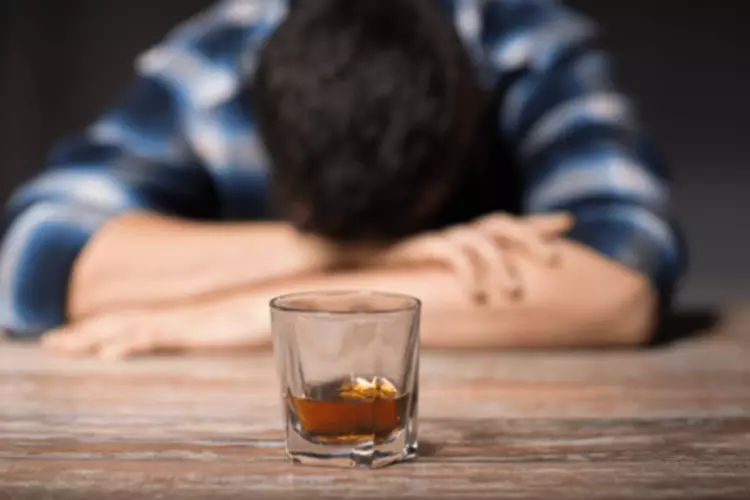Content
It can no longer produce the same mental or physical effects and, as a result, the individual further increases the dosage and the frequency of use to bring about the feelings that they are seeking out. It is at this point of the addiction cycle that the brain has made a physiological change, usually involving a decrease in brain chemical production or a loss of brain chemical receptors. Over time, this physiological change leads to the next phase – dependence and addiction. Clinicians should assess the patient’s level of motivation and respect their stage of change. Treatments can utilize psychosocial supports such as Alcoholics Anonymous (AA) or Narcotics Anonymous (NA).

Even a few of these symptoms are already indicative of a substance use disorder. Having two to three symptoms constitutes a mild substance use disorder, while having four to five is already a moderate substance use disorder. Regardless, there is still debate as to these symptoms choose the correct cycle of addiction. on the basis of the condition of the person who suffers from a chronic illness that requires frequent medication use. Tolerance is actually a clear indication that the nervous system, particularly the brain, has already changed in response to whatever substance is being abused.
Addiction Stage 4: Addiction
Connecting with others who understand your struggle can provide a sense of belonging and the encouragement needed to stay the course. Breaking free from the relentless grip of substance dependency may feel like an uphill battle, but it’s definitely a fight you can win. We commend you for taking the first step in your recovery, and we want you to know that we are here for you. Our team of experienced and dedicated professionals will offer you the guidance and support you need to stay on track. Our free email newsletter offers guidance from top addiction specialists, inspiring sobriety stories, and practical recovery tips to help you or a loved one keep coming back and staying sober. These support groups can help reduce the sense of shame and isolation that can lead to relapse.
This in-system adaptation leads to diminished euphoria from the reward, reduced tolerance for stress, and increased feelings of agitation while simultaneously decreasing the effects of natural rewards like sex and food. The decreased effects of natural rewards translate to decreased https://ecosoberhouse.com/ satisfaction in interpersonal relationships at work and home. Surges of dopamine in the brain’s reward circuit cause repetition of behavior. As a person continues to use substances, the brain adapts by reducing the ability of cells in the reward circuit to respond to it.
A Basic Primer on the Human Brain
As if that wasn’t complicated enough, there is even more variation in who is vulnerable to addiction and why. Addiction is a complex and multifaceted phenomenon that has perplexed researchers, healthcare professionals, and wider society for centuries. Addictions of all sorts have the power to grip people and can alter their behaviour, thoughts, and lives.
- They serve as the starting point for many people who later become addicted to stronger substances.
- Relapses are seen as particularly damaging because it is seen as the destruction of the trust invested in the person by friends and relatives who helped them through rehabilitation.
- The third stage of the addiction cycle is the preoccupation/anticipation stage.
- The stages of the cycle of addiction can be matched up with some of the stages of the model of behavior change and its relationship to recovery.
- There are many reasons people relapse, many of which are tied into those original reasons they chose to use in the first place.
- Ultimately, the withdrawal symptoms will vary depending on the particular drug of choice, the severity of the addiction, and the individual.
